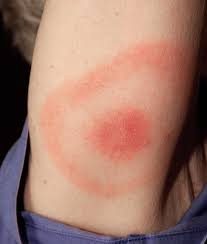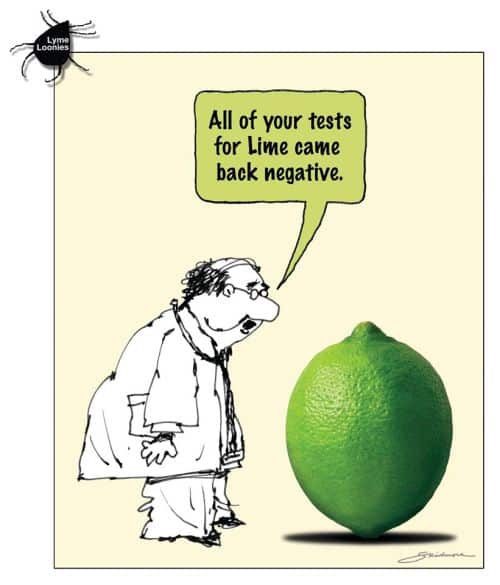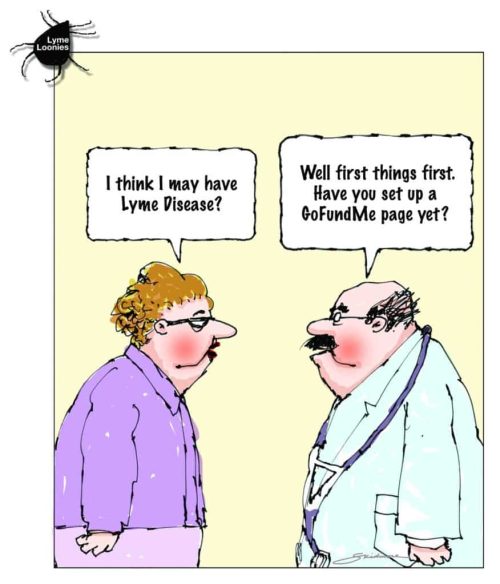All Natural Tick And Insect Repellents
Protect Yourself, Your Family, And Your Pets.
All-Natural Tick and Insect Repellent That WORKS!
Lyme Disease and Coronavirus/COVID-19

Part 1- March 19, 2020
by Tonya DeFriest
COVID-19 vs. Lyme Disease
Covid-19 is a virus.
“Frequently wash hands with soap and water for at least 20 seconds. If soap and water are not available use hand sanitizer. If you feel sick “at all” please stay home. Stay socially distant. Postpone elective surgeries as well as postpone unnecessary appointments. Do not travel if it’s not completely necessary. Eat healthily. Drink plenty of water. Boost your immune system. Sneeze or cough into your elbow.”
This is the advice we are constantly hearing as of late, due to the highly contagious and viral pandemic COVID-19. The above preventative steps are highly suggested by the CDC and WHO to help prevent transmission. The idea is to “flatten the curve” . What does “flatten the curve” mean?
Think about this metaphor, using the bathroom in an office environment. Everyone cannot use it at the same time as there are limited stalls. If we spread the visits out over time, it works fine.
COVID-19 is part of a family of coronaviruses that include the common cold. Previously known coronaviruses such as SARS (Severe Acute Respiratory Syndrome) was initially reported in China in 2003. MERS (Middle East Respiratory Syndrome) was initially reported in Saudi Arabia in 2012.
The definition of pandemic (referring to disease) is “prevalent over a large area, entire country or the world.”
Similar to the newly discovered coronavirus COVID-19, Lyme disease is pandemic – unfortunately it continues to be The Hidden Pandemic. Throughout the last 35+ years, many people have suffered from often undiagnosed Lyme Disease which is also a global issue.
Lyme Disease has not taken the priority that historically coronaviruses and other illnesses have taken. Although not treated as a priority, I can assure you it’s more prevalent, serious, debilitating and possibly more deadly than COVID-19.
Lyme Disease is a tick-borne illness caused by the bacterium Borrelia Burgdorferi. Lyme disease has destroying lives for the past 35 years. COVID-19 has been with us for less than 6 months.
Unlike the COVID-19 preventative measures, preventing Lyme disease revolves around not getting bitten by an infected vector, such as a tick. Ticks can now be found almost everywhere in the world! This significantly increases your chances of contracting a tick-borne illness. Lyme disease knows no boundaries and migrating birds help transfer the ticks worldwide.

Did you know that one tick bite can give you an average of three pathogens? This makes diagnosis and treatment complicated in many cases. And no, the tick does NOT need to be attached for any specific amount of time to transmit disease. Powassan virus can be transmitted within 15 minutes. Senator Kay Hagan was diagnosed with Powassan in 2016 and passed away in October 2019 due to complications. Powassan causes encephalitis or brain inflammation and although rare, there is no cure.

Initial symptoms of the COVID-19 can appear up to 14 days from exposure. Symptoms often include fever, cough, shortness of breath and difficulty breathing. Similar to influenza, fatigue, headache, sore throat, aches and pains could also be present. As with seasonal flu, people at highest risk for severe cases and/or death include people over the age of 60 and those with underlying conditions, according to the World Health Organization. Symptoms are similar in adults and children. Surprisingly, children’s COVID-19 symptoms are often more mild and this is possibly due to their “young” immune system.
On the other hand, Lyme disease doesn’t follow any specific unfolding of symptoms or “timing” guidelines. This is a disease that “beats to its own drum in its own timing!” It has been noted there are over 300 symptoms that could be present. A few Lyme Disease symptoms include, but are not limited to, rash, fever, chills, severe headache, stiff neck, and swollen lymph nodes. Lyme disease can affect every organ including the brain.
It is important to understand that less than 50% of people see a tick or get the expected “bullseye rash”. This rash called Erythema migrans is a distinguishing feature of Lyme disease, however, it may not appear as an actual “bullseye”. If it presents as a bullseye, it tends to expand slowly over days and may itch, hurt or feel warm/hot. Unlike the bullseye, some people develop a rash on more than one part of their body and it may not be close to the tick bite site. Any unexplained rash can be an indication of infection.

Testing
Although we have experienced a shortage of COVID-19 test kits, testing for COVID-19 is claimed to be relatively easy and accurate. It can be done while in your car and test results are back within 24-72 hours.
Sadly the same can not be said for Lyme Disease testing. Although most agree that “early diagnosis is key”, the current available testing is inadequate. This is where it gets worrisome for possibly infected people.
The current two-tier testing system required by the CDC, IDSA and insurance companies, has been used for the past 35 years and misses at least 70% of positive cases.
The ELISA test is the first tier. It is a blood test that measures antibodies to determine your body’s immune response. This test is frequently negative due to testing being done too early or too late, and no antibodies are being produced. In many cases, people need to be tested multiple times in hopes to finally get an accurate result. Sadly, by this time, the spirochetes have changed form and are hiding deep in the body.
Due to the guidelines in place, doctors are required to perform the 2nd tier test- Western Blot- after the Elisa shows a positive or “indeterminate”. It’s important to note that early diagnosis is critical!
The ELISA test produces an unacceptable number of “false negatives”. The unreliability of the ELISA test during these very important “early diagnosis stages” is one of the largest contributors to this continuing pandemic.
If the results are negative, treatment will be denied and the patient is on their own! It can literally cost thousands of dollars to meet with a doctor that specializes in tick-borne illness. Many patients spend years sick and searching for answers IF they have the money to do so. Many patients cannot afford these specialized doctors and treatments. Many live their lives sick and suffering with no “quality” of life.
Part 2 including addressing the “medical controversy” will follow.


